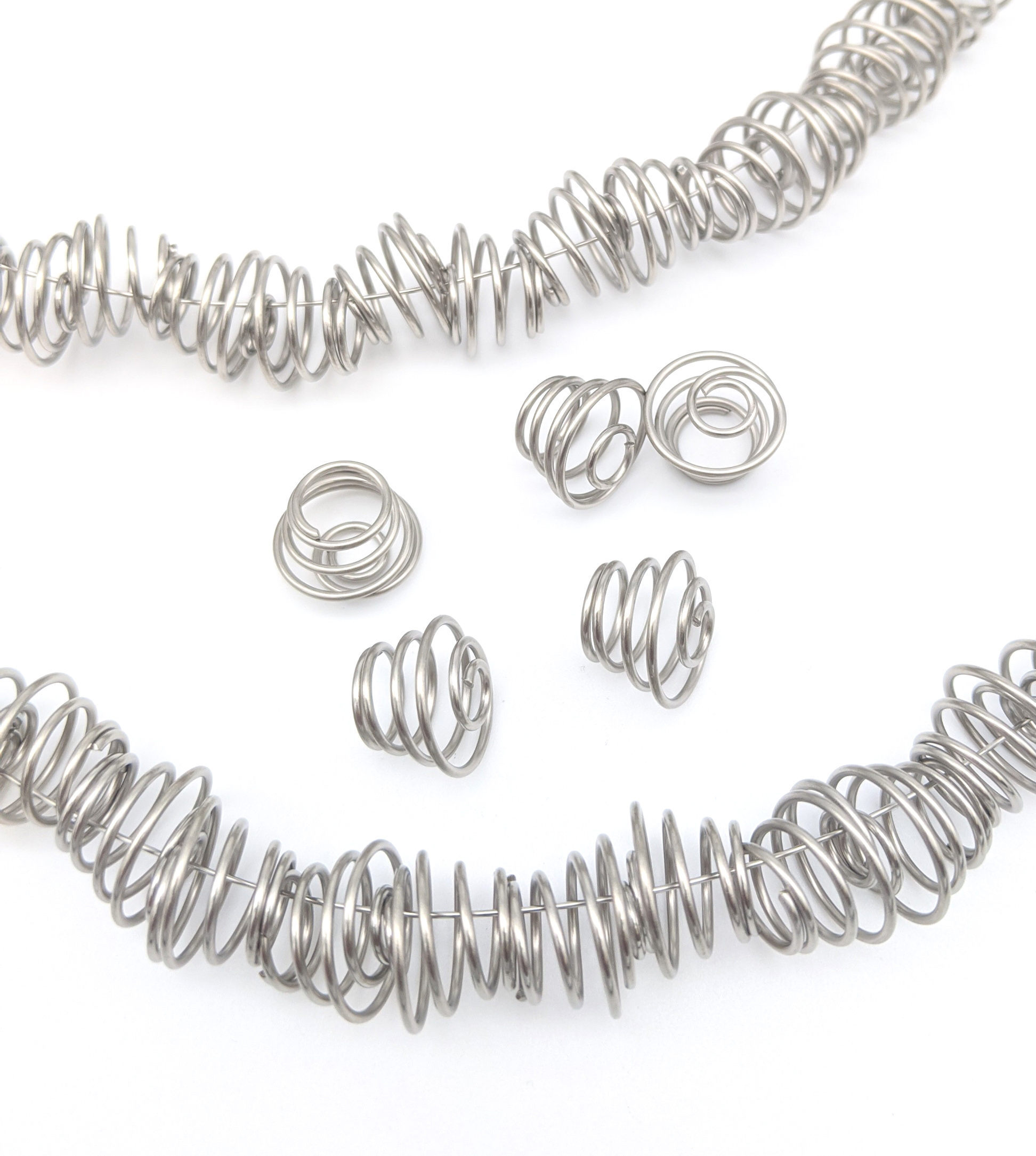Get unique, complex parts easily. No matter your requirements, Chaoyi Spring creates hard-to-produce coil springs and wire forms.
Let us help you create the custom wire form you need, from S-hooks and J-hooks to utility hooks and more.
We work closely with customers across a wide range of industries, helping them design and manufacture made-to-order parts.
Why choose Chaoyi Spring? We prioritize customer-focused collaboration, modern equipment and the latest technology to make your parts per print.
Find the information and guidance you need, from measuring a spring to learning about materials, placing an order and much more.
Torsion bar springs, often found in automotive suspension systems, offer a unique blend of strength, compactness, and adjustability. This guide delves into the workings, benefits, and applications of torsion bar


Torsion bar springs, often found in automotive suspension systems, offer a unique blend of strength, compactness, and adjustability. This guide delves into the workings, benefits, and applications of torsion bar springs, exploring their design, installation, and considerations for optimal performance.

Torsion bar springs are a type of spring that utilizes the twisting or torsional force of a solid bar to store and release energy. Unlike conventional coil springs, which rely on compression and extension, torsion bars function by rotating around their longitudinal axis. This rotation, controlled by the spring's stiffness, provides the necessary force to support a vehicle's weight and absorb shocks from uneven surfaces.
Imagine a long, sturdy rod fixed at one end. When you apply force to the other end, causing it to twist, you're essentially compressing a torsion bar spring. The more you twist it, the more force it resists, similar to the behavior of a coil spring.
In a typical torsion bar suspension, the spring is usually a long, solid steel bar, often shaped like an inverted 'U'. One end of the bar is anchored to the vehicle's chassis, while the other end is connected to an arm that attaches to the wheel hub. When the wheel encounters a bump, the arm rotates, twisting the torsion bar. This twist stores energy within the bar, resisting the movement and providing the necessary force to return the wheel to its original position.
The stiffness of a torsion bar spring is determined by its diameter, material, and the length of the section that is twisted. A thicker or longer torsion bar will be stiffer, requiring more force to twist it.
Torsion bar springs offer several advantages over traditional coil springs, making them popular choices for various applications:
Despite their benefits, torsion bar springs also have some drawbacks to consider:
Torsion bar springs are widely used in various applications, including:
When selecting torsion bar springs for a specific application, several factors should be considered:
Installing torsion bar springs can be a complex process, often requiring specialized tools and expertise. It's recommended to consult a qualified mechanic for proper installation. Once installed, regular maintenance is crucial, including:
Torsion bar springs offer a unique and effective way to provide suspension support. Their compact design, durability, and adjustability make them a valuable component in various applications. However, their limited travel and potential for complex repairs are factors to consider. By understanding the characteristics, advantages, and limitations of torsion bar springs, you can make informed decisions about their suitability for your specific needs.
Whether you're interested in automotive suspension, heavy-duty trucking, or other demanding applications, torsion bar springs provide a unique solution that combines strength, compactness, and adjustability. As you explore the world of suspension systems, understanding the nuances of torsion bar springs will undoubtedly enhance your knowledge and appreciation for these resilient components.
Browse some of the custom wire forms and springs that we manufacture. Don’t see what you need? We specialize in made-to-order products that meet your application requirements.
Visit Our GalleryNeed a custom wire form or coil spring? We make it work. Fill out the contact form and a representative will respond within 1 business day. If you have a PDF or CAD file, you can submit to request a quote.